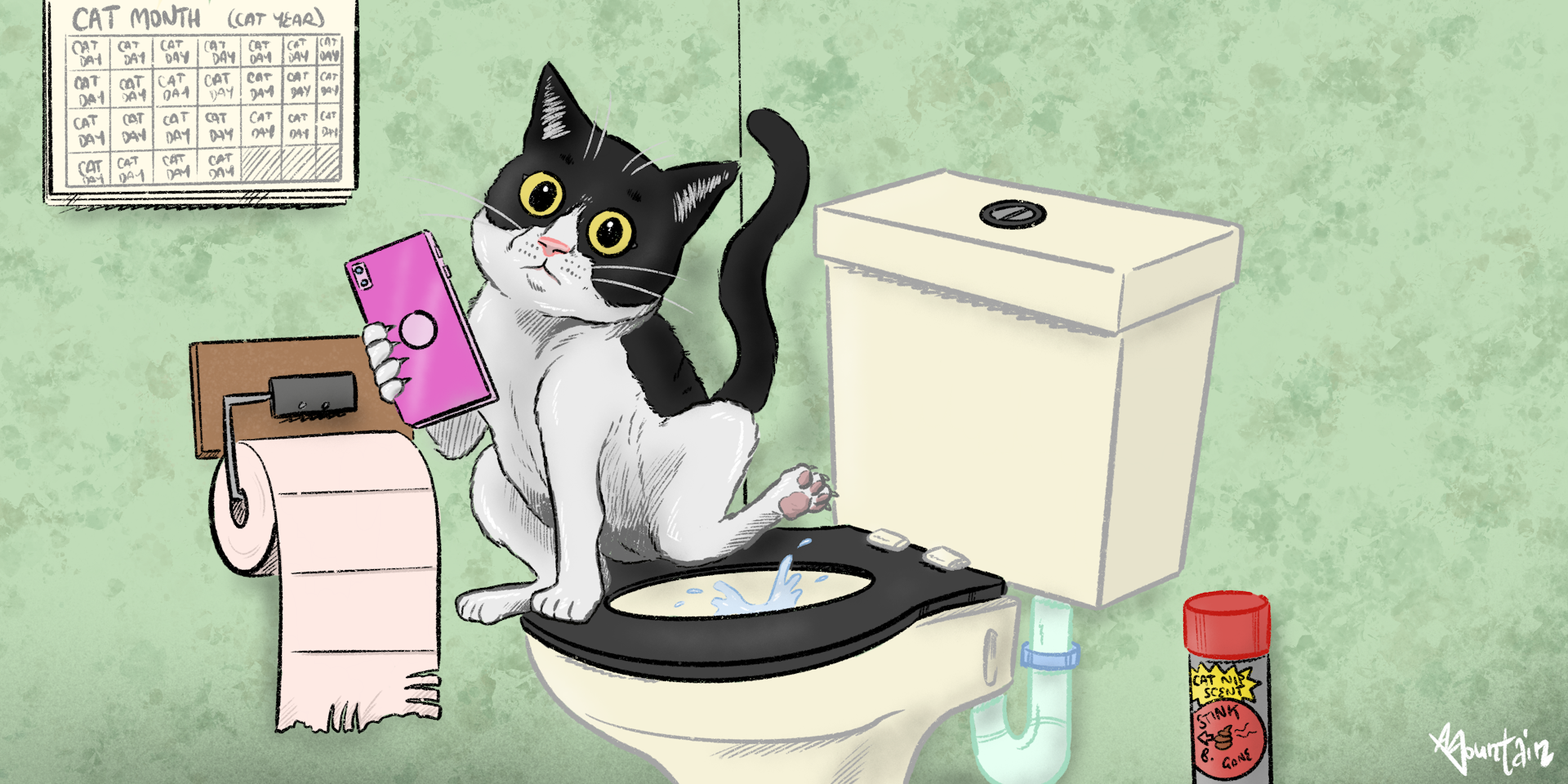The Threats of Flushing Animal Waste Down the Toilet
The Threats of Flushing Animal Waste Down the Toilet
Blog Article
This article further down relating to 10 Things You Should Never Flush Down The Toilet is quite compelling. You should take a look.

When it concerns getting rid of waste, especially animal waste, many individuals frequently consider the convenient choice of flushing it down the toilet. Nevertheless, this apparently very easy service can have major effects for the setting and public health. In this article, we'll check out why flushing animal waste down the bathroom is a negative concept and provide alternative methods for appropriate disposal.
Introduction
Correct garbage disposal is crucial for maintaining environmental sustainability and public health. While it may appear safe to purge animal waste down the bathroom, it can result in numerous issues, both for the setting and human well-being.
Dangers of flushing pet waste
Environmental effect
Flushing pet waste introduces unsafe germs and pathogens right into rivers, which can negatively impact aquatic communities. These pathogens can infect water resources and harm aquatic life, interrupting fragile environments.
Public health concerns
Pet waste includes damaging microorganisms such as E. coli and Salmonella, which can position significant health dangers to human beings. Purging pet waste down the toilet can pollute water materials, leading to the spread of diseases and infections.
Alternatives to flushing
As opposed to flushing animal waste down the toilet, there are a number of different disposal approaches that are much more eco-friendly and sanitary.
Composting
Composting pet waste is a green method to throw away it. By composting, organic matter is broken down right into nutrient-rich dirt, which can be used to fertilize yards and plants.
Landfill disposal
Getting rid of animal waste in a landfill is one more option. While not as eco-friendly as composting, it is a more secure choice to flushing, as it protects against the contamination of water sources.
Animal waste disposal systems
There are customized family pet waste disposal systems readily available that securely and hygienically take care of pet waste. These systems commonly utilize enzymes to break down waste and eliminate smells.
Steps to appropriate pet waste disposal
To make certain proper disposal of pet waste, follow these actions:
Scooping and landing waste
On a regular basis scoop and bag pet waste using naturally degradable bags. This protects against waste from contaminating the environment.
Making use of marked waste bins
Dispose of bagged pet waste in designated waste containers, such as garden compost bins or land fill containers. Stay clear of flushing it down the commode at all prices.
Cleaning can and pet dog locations frequently
On a regular basis tidy litter boxes and pet areas to avoid the accumulation of waste and microorganisms. Use pet-safe cleansing items to maintain health.
Benefits of appropriate disposal approaches
Embracing proper disposal techniques for pet waste uses a number of advantages:
Minimized environmental pollution
Proper disposal techniques decrease the risk of environmental pollution, securing waterways and ecosystems from contamination
Reduced danger of water contamination.
By avoiding flushing animal waste down the toilet, the danger of water contamination is considerably lowered, safeguarding public health.
Improved sanitation and hygiene
Correct disposal techniques promote much better sanitation and hygiene, developing a more secure setting for both human beings here and animals.
Final thought
Finally, purging animal waste down the commode is unsafe to the atmosphere and public health. By adopting alternative disposal approaches and adhering to proper waste administration techniques, we can decrease the negative effect of pet waste and add to a cleaner, much healthier planet.
What To Do With Dog Poo – The Do's And Don'ts Of Disposing Of Faeces
Dog poo bins
Some councils provide dedicated dog waste bins in popular dog-walking areas that can take dog poo that has been bagged but you can legally dispose of dog waste in any public litter bin, as long as it is securely bagged. This also applies to your wheelie bin at home.
Do not flush
Water companies do not recommend flushing dog faeces down the toilet because certain parasites can survive the water processing treatment and are potentially harmful to humans. You should also never consider flushing dog poo that has been bagged down the toilet as the bags will not break down and instead create severe blockages in the sewage system.
In the woods
The Forestry Commission promotes a ‘stick and flick’ method for dealing with waste in the woods. This means finding a stick and using it to flick any poo from off the path so that it is out of the way of other walkers. You could also bury it as long as it is not in an area where there might be livestock.
Livestock
Parasites found in dog poo can be transmitted to livestock if they inadvertently eat infected faeces that has been left on grazing land. This could result in the death of sheep or abortion in cattle so you should always make sure you pick up your dog’s waste in fields where livestock could be present.

Do you like reading about ? Write a remark down the page. We will be glad to see your thinking about this post. We hope that you come back again soon. You should pause to share this article if you liked it. I appreciate your readership.
Explore Now Report this page